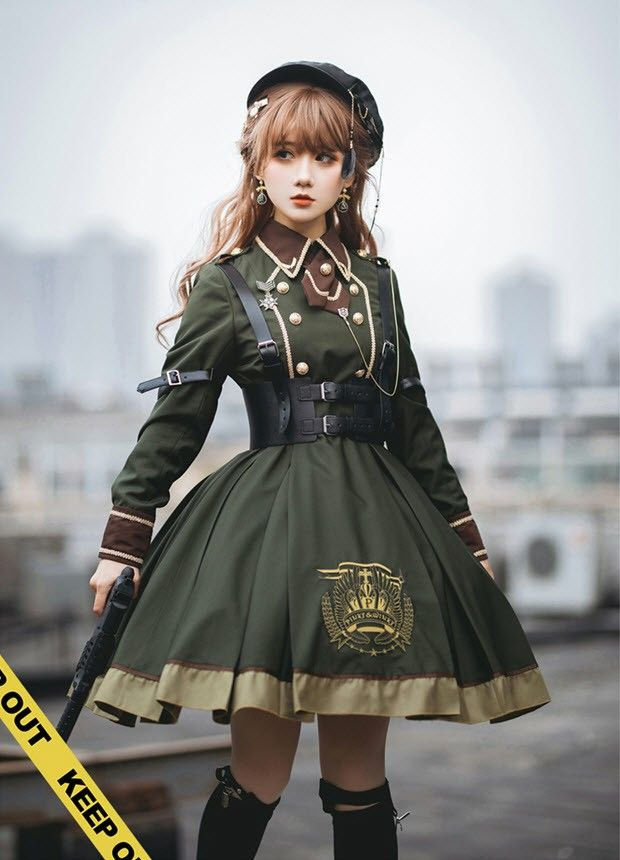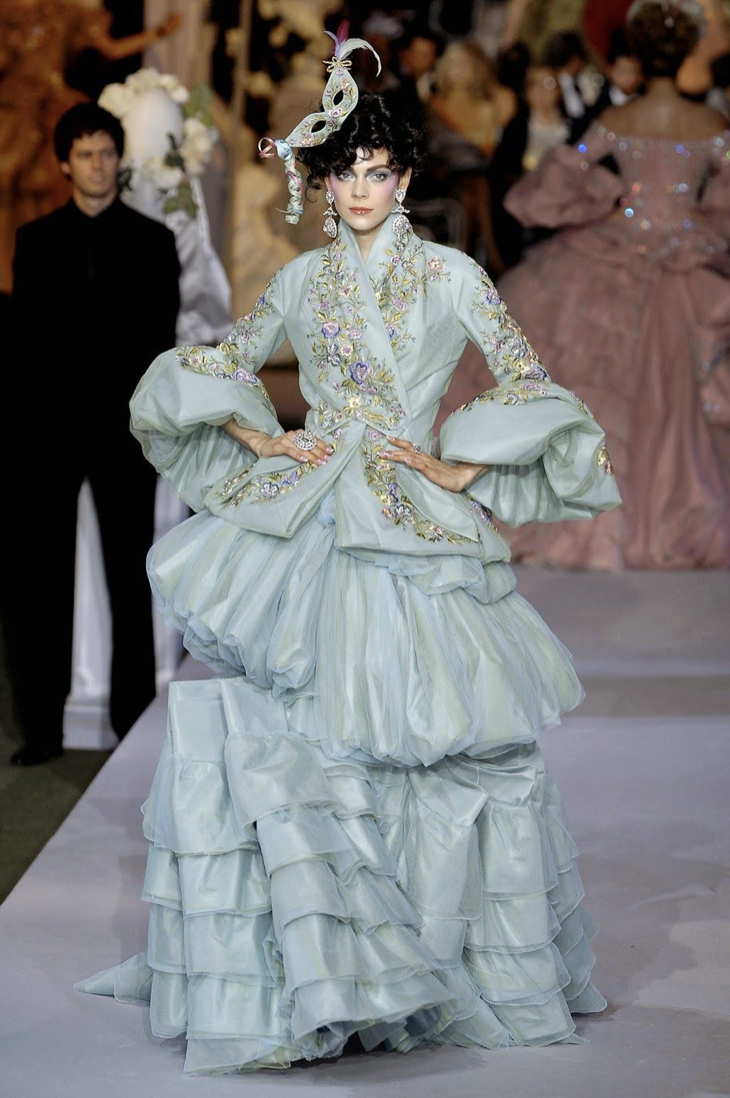Military Lolita
- 100742972
- Feb 16
- 2 min read

Lolita as a whole began as a book of the same name by Vladimir Nabokov. The book is very controversial and addresses the very (and rightly so) controversial subject of child sexual abuse. The fashion however, while still having a "childlike" and "cute" aesthetic due to its frills, Victorian style and iconic silhouette, created by a crinoline skirt, tries to distance itself from the taboo of the book.
The style of Lolita began in the 1990's and is heavily influenced by Rococo (1723-1759), a dramatic style that focussed mainly on pastel, asymmetry and swirls, and came about as a protest against traditional Japanese society and gender roles. The members of the subculture believed that it was a way to escape the adult world's stifling realities and return back to a state of childhood. Some Lolitas however, have opted for the adorable style merely because of its expressive nature.
Military Lolita is an even more controversial sub-subculture. The nature of the outfits is rooted around classical military uniforms, from Civil War to WWII, and often includes accented buttons, straps, pockets and pins. Many of the looks are black, khaki green, blue or red. They often feature jackets and hats that are similar to the warfare styles they are inspired by and are sometimes completed with props such as fake guns or canes along with heavy duty boots of the military style.
Military Lolita may not sound overly debatable; it's a cute style with throwbacks to the past however, some people have taken the looks as offensive or even disrespectful to the military or victims of it. Although not common, some Lolitas have used disagreeable inspirations such as Nazi and Japanese WWII uniforms which can be seem as derogatory to victims of such groups but I am sure the wearers are not trying to be offensive on purpose. Because of views such as these, it is not an overly practiced style of Lolita but it still has a very beautiful and organised style; from regimented straight lines, to the formal wear of the overall look.
I personally like the look of Military Lolita but I do not support what it stands for nor the controversial inspirations behind it. If the style could be influenced by different aspects of warfare outfits rather than one look solely coming from offensive parties, then I believe that it would be much more widely accepted but perhaps people are seeing what they want to see in the style rather than its historical and aesthetic beauty. I hope that the style can be adapted and be more appreciated if it moves away from Nazis because no one wants that do they?





تعليقات